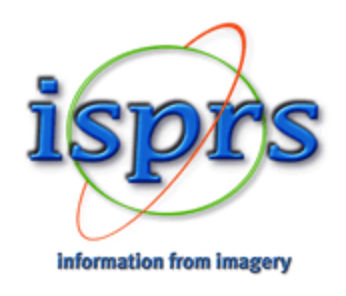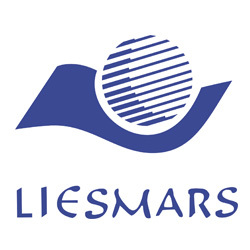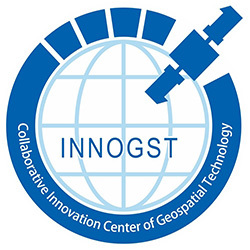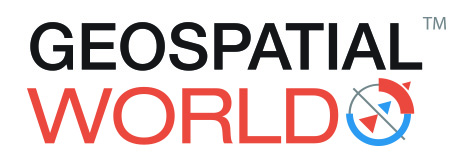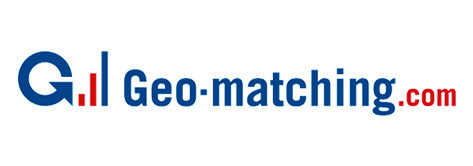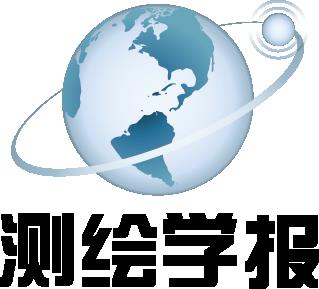Prof. Dr. Armin Gruen was since 1984 Professor and Head of the Chair of Photogrammetry at the Institute of Geodesy and Photogrammetry, Federal Institute of Technology (ETH) Zurich, Switzerland. Since 1 August 2009 he is retired and is now with the Chair of Information Architecture, Department of Architecture, ETH Zurich.
He graduated 1968 as Dipl.-Ing. in Geodetic Science and obtained his doctorate degree 1974 in Photogrammetry, both from the Technical University Munich, Germany. From 1969 to 1975 he worked as Research and Teaching Associate, and until 1981 as Chief Engineer at the Institute of Photogrammetry and Cartography, Technical University Munich. From 1981 to 1984 he acted as Associate Professor at the Department of Geodetic Science and Surveying, The Ohio State University, Columbus, Ohio, USA.
Prof. Gruen has held lecturing and research assignments at various Universities and Research facilities in Germany, Italy, Finland, Netherlands, USA, Australia, Taiwan, China.
He is Member of the Editorial Boards of several scientific journals. He has published more than 500 articles and papers and is Editor and Co-editor of over 21 books and Conference Proceedings. He has organized and co-organized/co-chaired over 35 international conferences and he has served as a consultant to various government agencies, system manufacturers and engineering firms in Germany, Japan, Korea, Switzerland, USA and other countries. He is co-founder of CyberCity AG, Zurich and 4DiXplorer AG, Zurich, Switzerland.
He holds a number of international awards, among which are the Otto von Gruber Gold Medal (ISPRS, 1980) and the Brock Gold Medal Award (ISPRS, 2008), the Honorary Membership of the ISPRS (2008) and the Honorable Doctorate (Dr.h.c.) from the Aristotle University, Thessaloniki, Greece (2015).
As Principal Investigator on the Simulation Platform of the SEC-FCL (Future Cities Laboratory, www.futurecities.ethz.ch) project he was recently mainly involved in Smart City applications of 3D/4D city models, including the generation and updating of those models from high-resolution satellite and UAV images. Currently he is involved as PI in the international project MOOREA IDEA (Island Digital Ecosystem Avatar) – an Avatar for tropical islands, contributing mainly to the physical modeling aspects of the project. He is also preparing a new R&D project on 3D/4D city modeling in the context of the “Virtual Singapore” project.
3D Modelling and Mapping in the Age of Urbanization and Digitization
(Prof. em. Dr. Armin Gruen)
These years we witness the interaction of two historic forces: Urbanization and digitization.
More than half of the global population lives in urban areas. This will increase to 70% by 2050. The tipping point for the world population was already 2008: The urban population had equaled the rural one.
Urban growth is most rapid in the developing world, where cities gain an average of five million residents every month. Urbanization comes with many problems, as we know. Digitization on the other hand has the potential to cope with those. To get this process underway, urbanization and digitization must enter a symbiosis of place and cyberspace. This can be achieved under the notion of a “smart” city.
In this context the “Spatial intelligence” of cities plays an important role. It refers to informational and cognitive processes, such as information collection and processing, real-time alert, forecasting, learning, collective intelligence, distributed problem solving, which characterize "intelligent" or "smart" cities. Smartness means that people and businesses are empowered through increased access to data, more participation through the contribution of innovative ideas and solutions, and a more anticipatory government that utilises technology to better serve the citizens’ needs. This requires digital infrastructures for controlling the physical world. Digital upgrades lead to smart cities, where sensors and software not only record and document, but interfere with ongoing processes (heating and cooling of buildings, flow of traffic, flow of electricity through power networks, etc.).
As cities grow in size and population, harmony among the spatial, social and environmental aspects of a city and between their inhabitants becomes of paramount importance. This harmony depends on several cornerstones: sustainability, wealth and justice. Therefore, we have to connect people with information. This requires physical sensing and social sensing as well.
In our professional community emphasis is naturally on the technological aspects of a smart city, and indeed these are a prerequisite for smart city development. Andrew Zolli, author of “Resilience, why things bounce back”, writes: “Today, it’s not the height of the skyscrapers, but the depth of the code that drives the modern city.” However, equally important are social aspects.
In order to search, navigate, communicate and coordinate in a city we need data, most of it with a spatial reference. Here Geomatics technologies play a significant role in data acquisition. In this presentation we will, after some basic remarks to the current status and development of smart cities, focus on photogrammetry and remote sensing as means for modelling our 3D environment, especially as it relates to 3D/4D city modelling. We will report about the development of the diverse techniques, critically analyse the current performance and try to predict some future developments.
The speed of current breakthroughs has no precedent in history. In a phase of disruptive technologies we have to discuss the role of our own science with respect to technology advancements, future city requirements, government and business practices and civic participatory elements.
We are living in the period of Industry 4.0, with automation as the 4th industrial revolution. Issues from robotics, artificial intelligence, deep learning, Internet of Things, cloud computing, crowdsourcing, etc. are populating the daily newspapers. To what extent shall and do we make use of those? How can we respond to the fundamentally changing conditions of technology and society?



